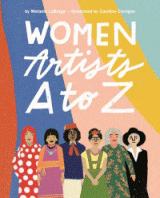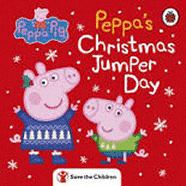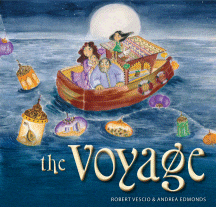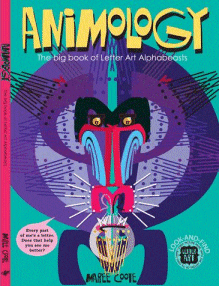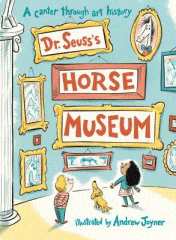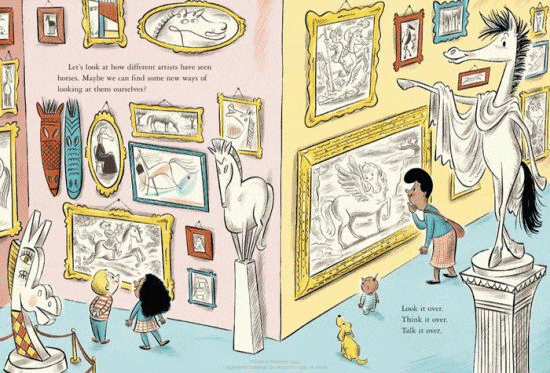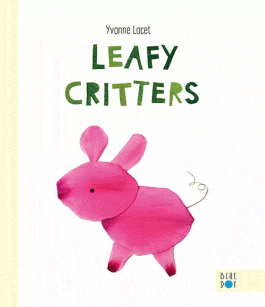
Leafy Critters
Leafy Critters
Yvonne Lacet
Blue Dot, 2020
36pp., hbk., RRP $A16.95
9781733121224
The limitless shapes, colours and textures of leaves is explored as an art medium in this almost wordless picture book to inspire young creators to try their hand. The reader is encouraged to examine the components of the pictures that have been created so instead of seeing just green leaves in the environment, they start to realise that each tree has a myriad of colours and that the shapes can suggest all manner of things that can go together to make a whole.
As summer wanders on and some trees have already begun to change colour because rainfall is still scarce, this is the ideal time to take littlies outside to observe, gather, collect and create their own artworks using the free materials on offer from Mother Nature.
These creations help them search for the finer detail in the whole and examine the parts and their unique elements so as well as taking a closer look at their surroundings, they are also developing their visual acuity which is such an essential early reading skill as they distinguish letter shapes and search illustrations for clues to the text.
Einstein declared that “Imagination is more important than knowledge. For knowledge is limited, whereas imagination embraces the entire world, stimulating progress, giving birth to evolution.”
What better way to start a new school year than with such an open-ended imaginative project that will appeal to all ages.
